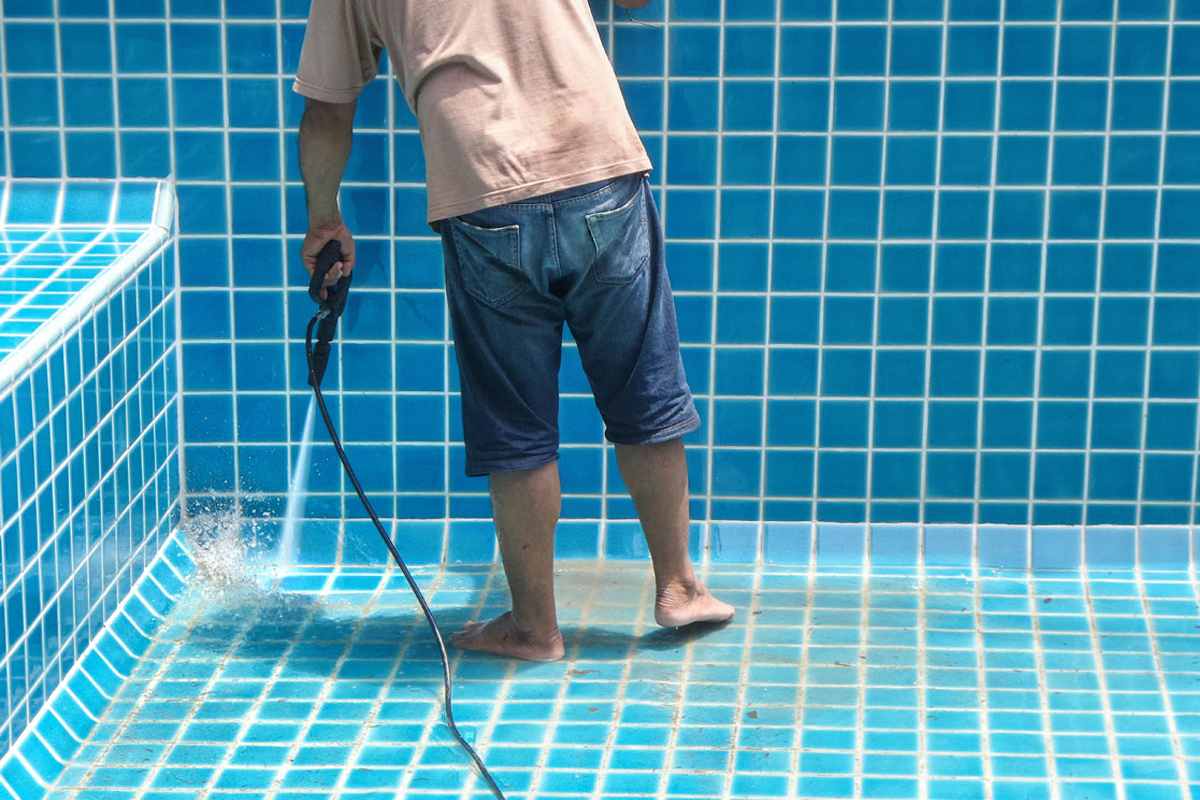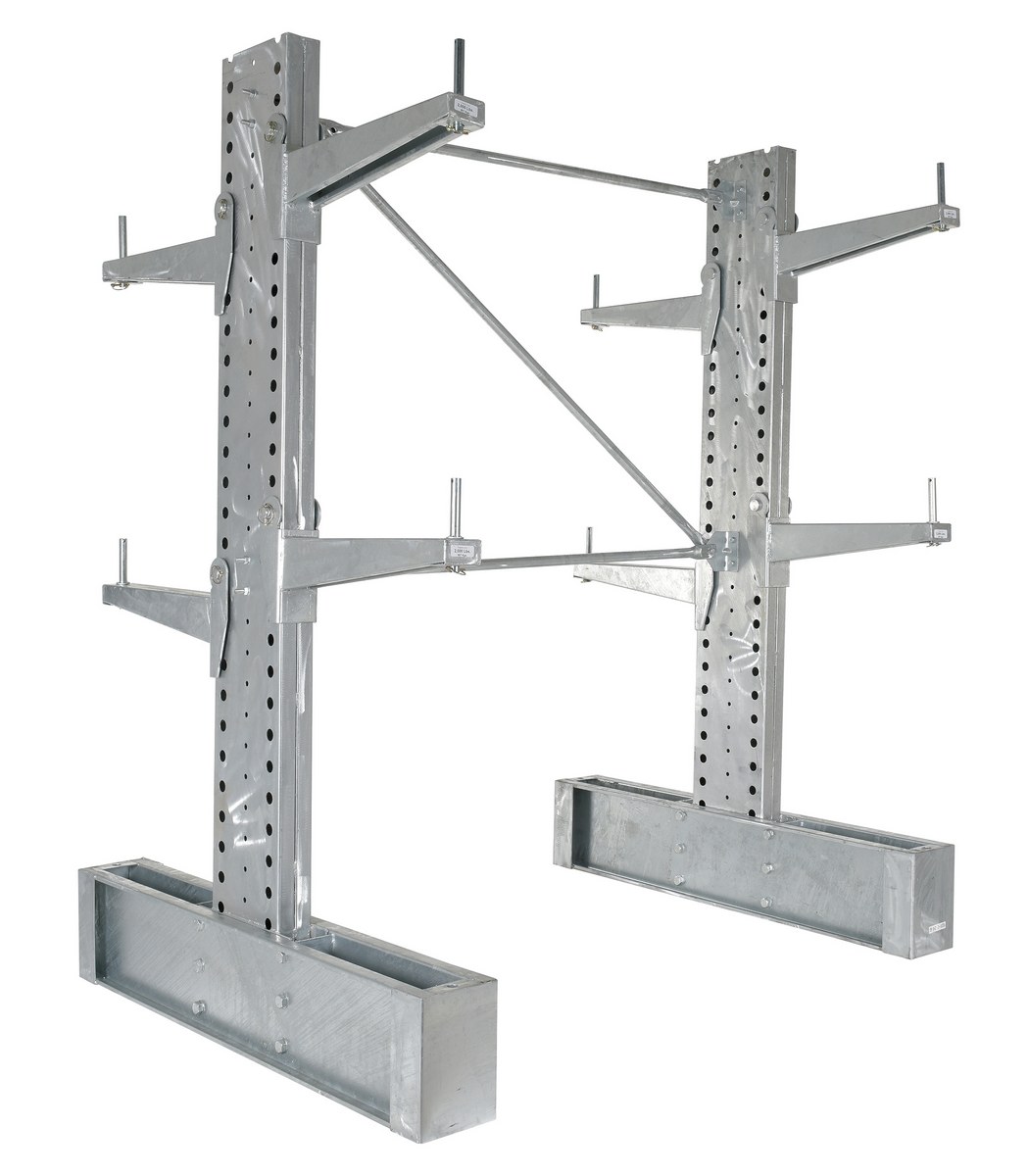Spray foam insulation is one of the fastest-growing industries in the construction sector in the USA and Canada. As more residential and commercial property owners seek energy-efficient solutions, spray foam contractors must present their services in the most compelling and professional manner. Crafting an effective spray foam insulation proposal can be the defining factor in winning contracts and establishing long-term relationships. This blog post will guide you through the key elements to create a comprehensive and persuasive spray foam insulation proposal that will stand out from the competition.
Understanding the Importance of a Well-Crafted Spray Foam Insulation Proposal
A spray foam insulation proposal is more than just a quote. It is a reflection of your professionalism, expertise, and the value you bring to the table. A poorly presented proposal may suggest a lack of detail and reliability, potentially costing you the job. On the other hand, a well-structured proposal that clearly communicates the scope of work, benefits, and pricing strategy will establish trust and credibility, making the decision easy for the potential client.
Why a Professional Proposal is Crucial
- Establishes Credibility: A detailed proposal demonstrates your knowledge and expertise in the industry.
- Sets Clear Expectations: It outlines the scope of work, materials, labor, and timeline, minimizing misunderstandings.
- Differentiates You from Competitors: A well-designed proposal helps you stand out in a competitive market.
- Increases Conversion Rates: Clients are more likely to proceed with contractors who present transparent and organized proposals.
Key Elements of an Effective Spray Foam Insulation Proposal
An effective spray foam insulation proposal should cover the following aspects:
- Company Introduction and Credentials
- Project Scope and Assessment
- Material Specifications and Application Techniques
- Cost Breakdown and Payment Terms
- Timeline and Project Milestones
- Value Proposition and Benefits of Spray Foam Insulation
- Terms and Conditions
- Call to Action and Contact Information
1. Company Introduction and Credentials
Begin your proposal with a strong company introduction. This section should include:
- Company Name and Logo: Establish your brand identity right away.
- Brief Company Overview: Describe your experience, areas of expertise, and what sets you apart in the spray foam industry.
- Licenses and Certifications: Mention any relevant certifications or licenses that validate your credentials.
- Insurance Information: Highlight your insurance coverage, reassuring clients that you prioritize safety and compliance.
Example:
“We at Spray Foam Genius, a licensed and certified spray foam insulation company with over 15 years of experience, specialize in providing energy-efficient insulation solutions for residential, commercial, and industrial properties. Our team of trained professionals is committed to delivering top-notch services using industry-leading materials and techniques.”
2. Project Scope and Assessment
After the introduction, detail the project’s scope. This section should include:
- Project Overview: A concise summary of the project, covering the type of property, area to be insulated, and specific client requirements.
- Site Assessment Findings: Include any findings from your initial site assessment, such as moisture levels, existing insulation conditions, and structural details.
- Goals and Objectives: Define the goals, such as improving energy efficiency, soundproofing, or moisture control.
Example:
“Based on our site assessment, we propose installing closed-cell spray foam in the basement walls and attic area to maximize thermal resistance, reduce air infiltration, and prevent moisture buildup.”
3. Material Specifications and Application Techniques
Clearly outline the type of spray foam insulation you plan to use, including:
- Type of Foam: Whether you will use closed-cell or open-cell spray foam.
- R-Value: The R-value indicates thermal resistance. A higher R-value means better insulation performance.
- Application Method: Explain the method of application, such as full coverage or spot application.
- Safety Measures: Discuss safety precautions and proper ventilation during the installation process.
Example:
“For this project, we recommend using 2 inches of closed-cell spray foam with an R-value of 6.5 per inch for maximum thermal resistance and moisture control. The foam will be applied using a high-pressure spray system to ensure uniform coverage.”
4. Cost Breakdown and Payment Terms
Provide a transparent cost breakdown to avoid misunderstandings later. Include:
- Material Costs: Specify the cost per square foot of insulation material.
- Labor Costs: Detail the labor charges based on the project’s complexity.
- Additional Expenses: Any extra costs for equipment, safety measures, or site preparation.
- Payment Terms: Outline your payment schedule, including deposit requirements and due dates.
Example:
“Total project cost: $5,500
This includes $3,500 for materials, $1,500 for labor, and $500 for site preparation and safety measures. We require a 25% deposit before starting the project, with the remaining amount payable upon completion.”
5. Timeline and Project Milestones
Setting clear project timelines will help manage client expectations. Include:
- Start and End Dates: Provide a realistic timeline based on weather conditions and site access.
- Project Phases: Break the project into phases, such as preparation, insulation application, and final inspection.
- Milestones: Set specific milestones for each phase to track progress.
Example:
“Phase 1: Site Preparation (2 Days)
Phase 2: Insulation Application (4 Days)
Phase 3: Final Inspection and Clean-Up (1 Day)
Estimated Project Duration: 7 days”
6. Value Proposition and Benefits of Spray Foam Insulation
Highlight the advantages of spray foam insulation to reinforce why it’s the best choice for your clients. Focus on benefits such as:
- Energy Efficiency: Reduces heating and cooling costs by up to 50%.
- Air Sealing: Minimizes air infiltration, enhancing indoor air quality.
- Moisture Barrier: Prevents mold growth and structural damage.
- Soundproofing: Diminishes noise transmission, creating a quieter environment.
Example:
“Spray foam insulation not only improves your property’s energy efficiency but also acts as an effective air sealant and moisture barrier. With spray foam, you can save up to 50% on your energy bills and enjoy a healthier living environment.”
7. Terms and Conditions
Include clear terms and conditions to define the scope and protect both parties. Cover:
- Warranty Information: Specify the warranty period and what it covers.
- Scope of Work: Define what is included and excluded from the project.
- Client Responsibilities: Outline any preparation work the client must handle.
- Liability and Insurance: Address liability issues and insurance coverage.
8. Call to Action and Contact Information
End your proposal with a strong call to action. Make it easy for clients to reach out with questions or to proceed with the project.
Example:
“We are confident that our spray foam insulation solutions will meet your needs and exceed your expectations. For more information or to get started, please contact us at 877-840-3626 (US) or 844-741-3626 (CA).”
Tips for Creating an Impactful Spray Foam Insulation Proposal
Creating a high-quality proposal is both an art and a science. Here are some best practices to follow:
Use a Professional Template
A well-designed template will make your proposal look polished and professional. It should be easy to read and navigate, with clear headings, bullet points, and white space to avoid overwhelming the reader.
Personalize Each Proposal
Tailor each proposal to the specific needs of the client. Reference their project goals and pain points to show that you have a deep understanding of their requirements.
Highlight Your Unique Selling Points (USPs)
Emphasize what makes your services unique. It could be your experience, use of eco-friendly materials, or advanced equipment.
Include Visuals and References
Incorporate before-and-after photos, testimonials, and case studies to support your claims. These elements can build trust and provide visual proof of your capabilities.
Proofread Thoroughly
Even a small typo can make a proposal look unprofessional. Take the time to proofread for spelling, grammar, and formatting errors.
FAQs About Spray Foam Insulation Proposals
1. What should I include in a spray foam insulation proposal?
A spray foam insulation proposal should include a company introduction, project scope, material specifications, cost breakdown, timeline, value proposition, terms and conditions, and a call to action.
2. How do I calculate the cost for spray foam insulation?
Calculate the cost based on the square footage to be insulated, type of foam, labor charges, and additional expenses like site preparation or safety measures.
3. What is the difference between open-cell and closed-cell spray foam?
Open-cell foam is softer, less dense, and primarily used for interior walls and ceilings. Closed-cell foam is denser, more rigid, and suitable for areas requiring high insulation values and moisture resistance.
4. How can I make my proposal stand out?
Focus on clear communication, transparency, and a strong value proposition. Personalize each proposal and include visuals such as photos, diagrams, and case studies.
5. How long does it take to complete a spray foam insulation project?
The timeline depends on the size and complexity of the project. On average, residential projects take 1 to 2 days, while larger commercial projects may require a week or more.
Ready to Boost Your Business with Professional Spray Foam Insulation Proposals?
A well-crafted proposal is your gateway to securing more clients and building a successful spray foam insulation business. Call us at 877-840-FOAM for USA and 844-741-FOAM for Canada visit our website at sprayfoamgeniusmarketing.com, or email us at info@sprayfoamgeniusmarketing.com to get started.




